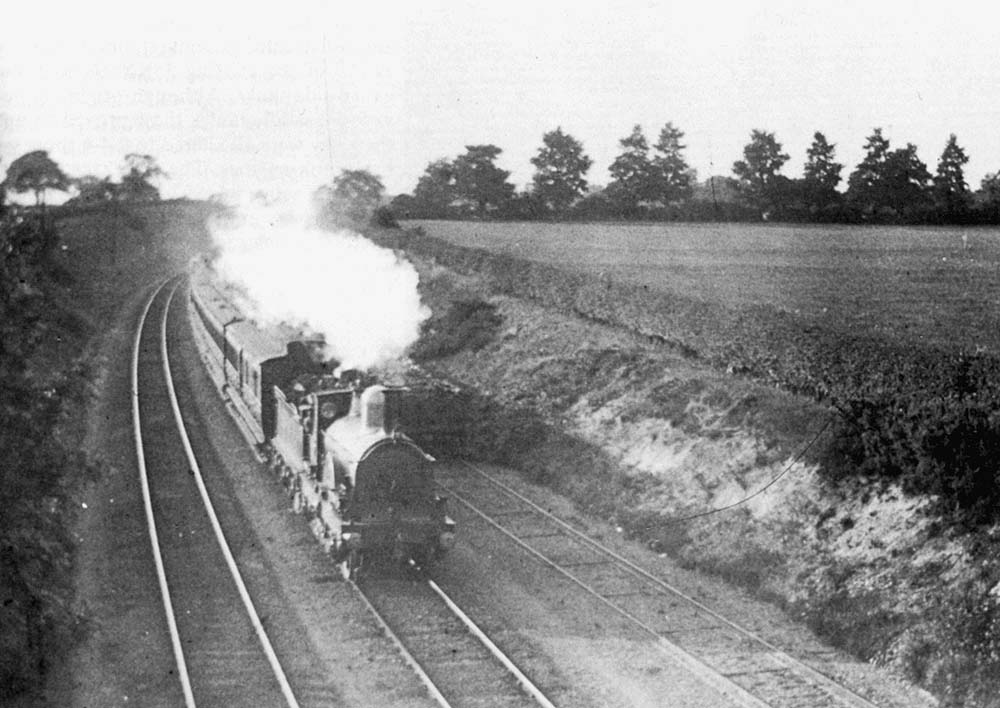|
|
 |
 |
|
GWR Route: Banbury to Wolverhampton
Solihull Station: gwrs1608
 |
An unknown GWR 2-2-2 locomotive, thought to be No 999 'Sir
Alexander', approaches Solihull in 1898. To the right is a siding built using
baulk track, a relic of the mixed gauge track that once was prevalent on the
route. The GWR 2-2-2 locomotive was a member of the 'Queen' class designed by
Joseph Armstrong, his last class of 2-2-2 express engine for the Great Western
Railway. They were larger than the Sir Daniel Class of about a decade earlier.
This class worked express trains for almost 30 years, and were in effect the
predecessors of the larger Singles of William Dean. The prototype, No 55
'Queen' was built at Swindon in 1873. A further 20 locomotives were constructed
in 1875 and were allocated No 999, No 1000 and No 1116 to No 1133. The second
locomotive built, No 999 'Sir Alexander' resulted in the later locomotives
sometimes being referred to as the Sir Alexander Class, though in fact the
locomotives were essentially the same as the prototype. They all had 7 foot 0
inch diameter driving wheels and 18 inch x 24 inch cylinders. The class's
duties were the expresses on the London-Swindon-Gloucester and
London-Wolverhampton routes. As with many GWR locomotives of the time, the
individual members of the class were much modified in detail, at Wolverhampton
as well as Swindon, with the addition of cabs, different chimneys and various
types of boiler; some in their later years had Belpaire fireboxes, which gave a
much more modern appearance. After 1900 the class was demoted to secondary
duties in various parts of the system, and all were withdrawn between 1903 and
1914. All but a handful had a million miles to their credit at the time of
withdrawal.
 back back

|
|
|
